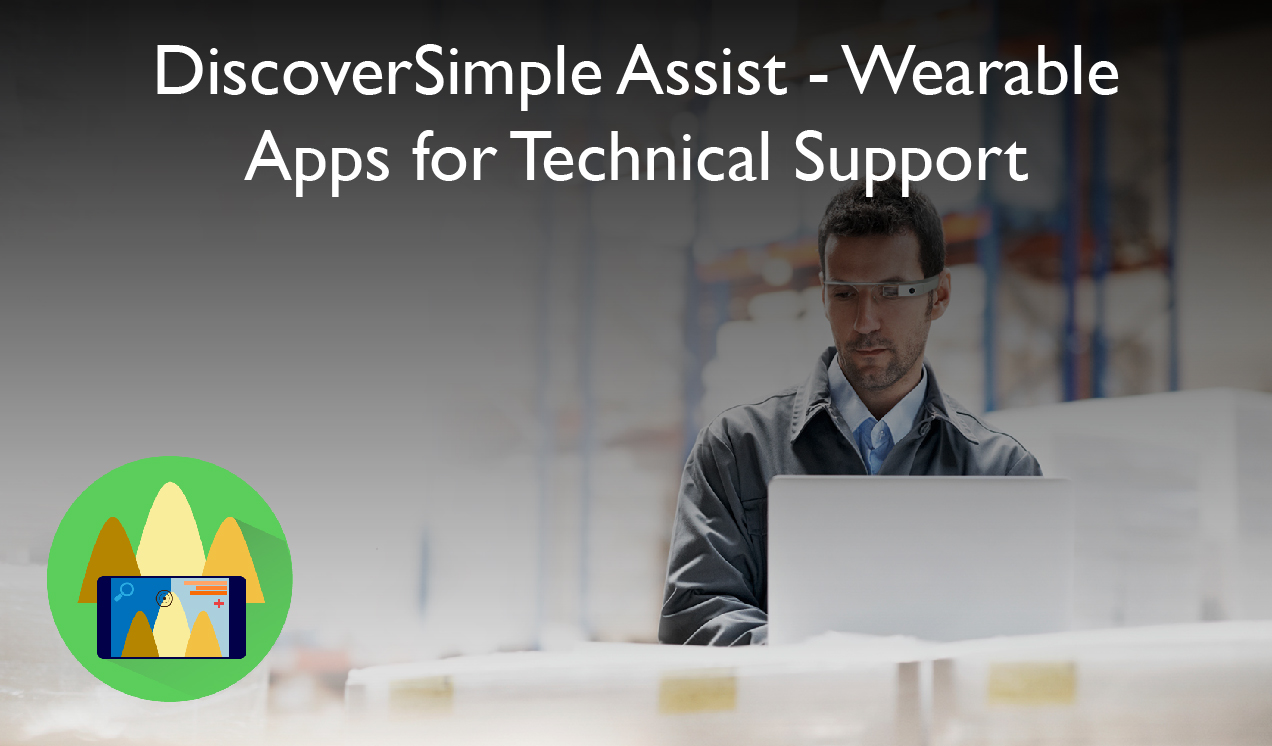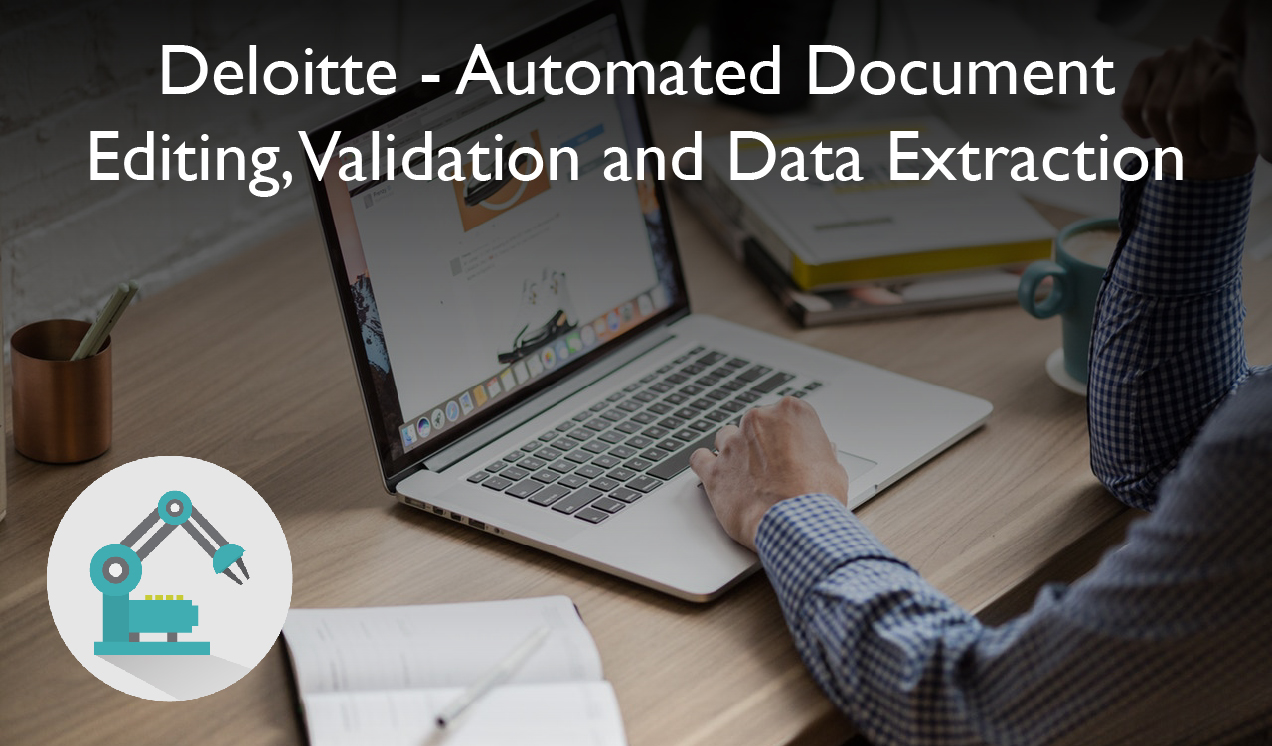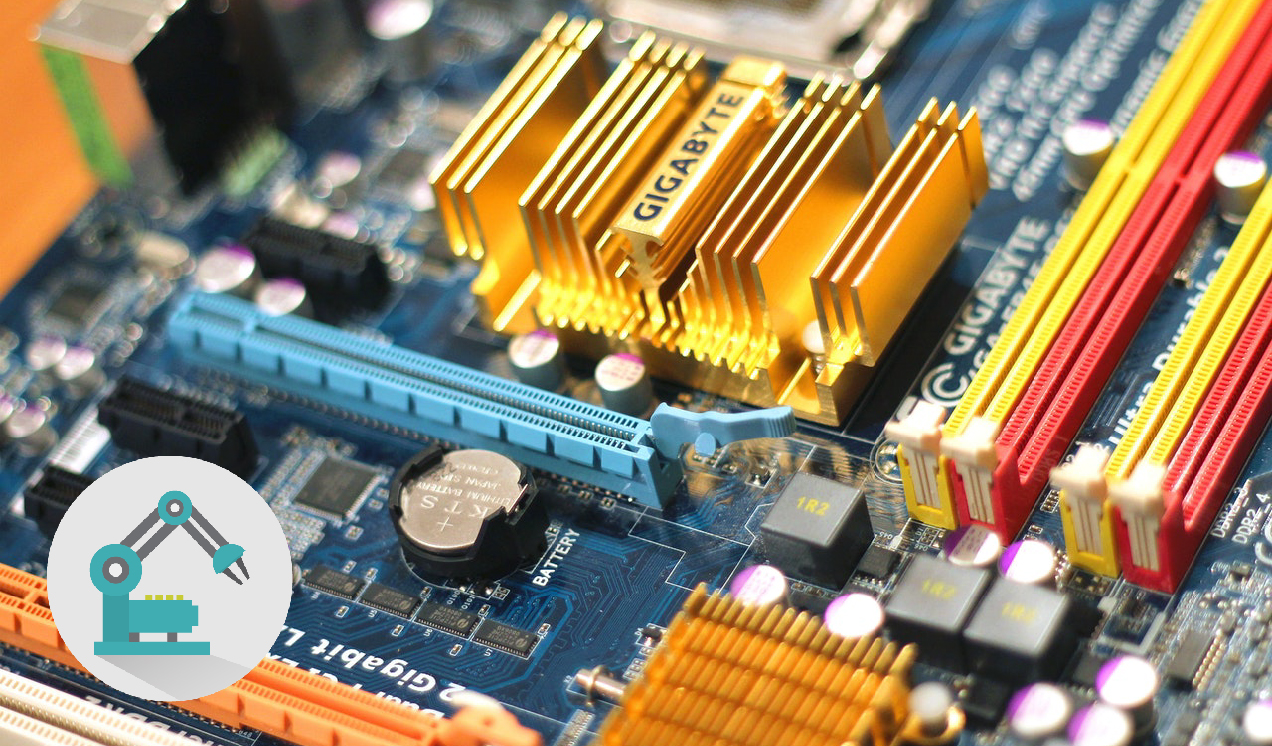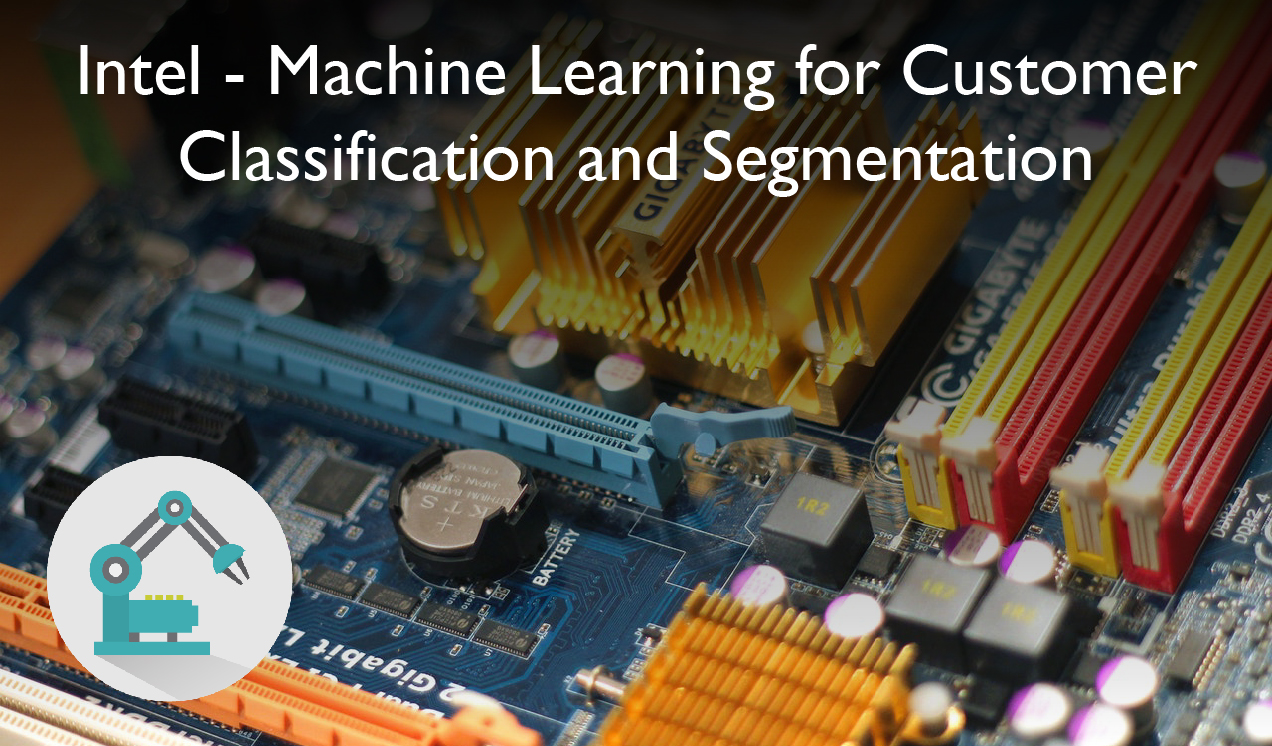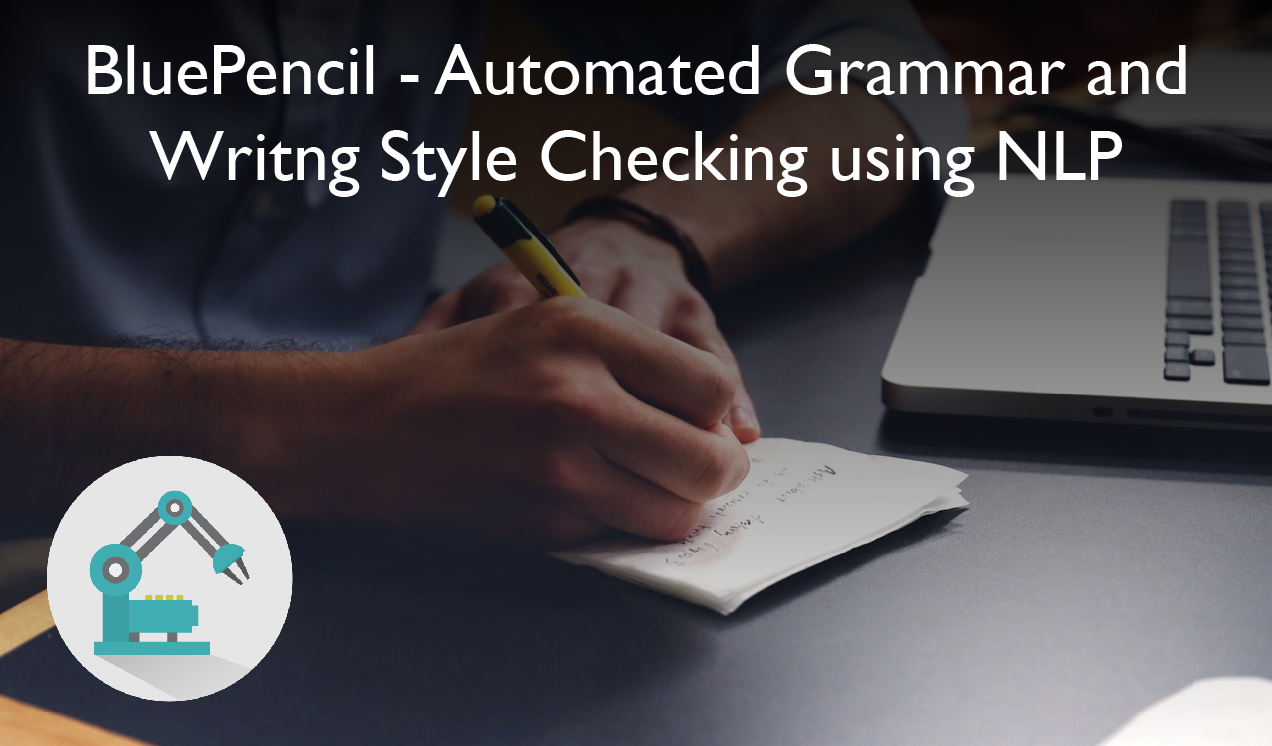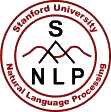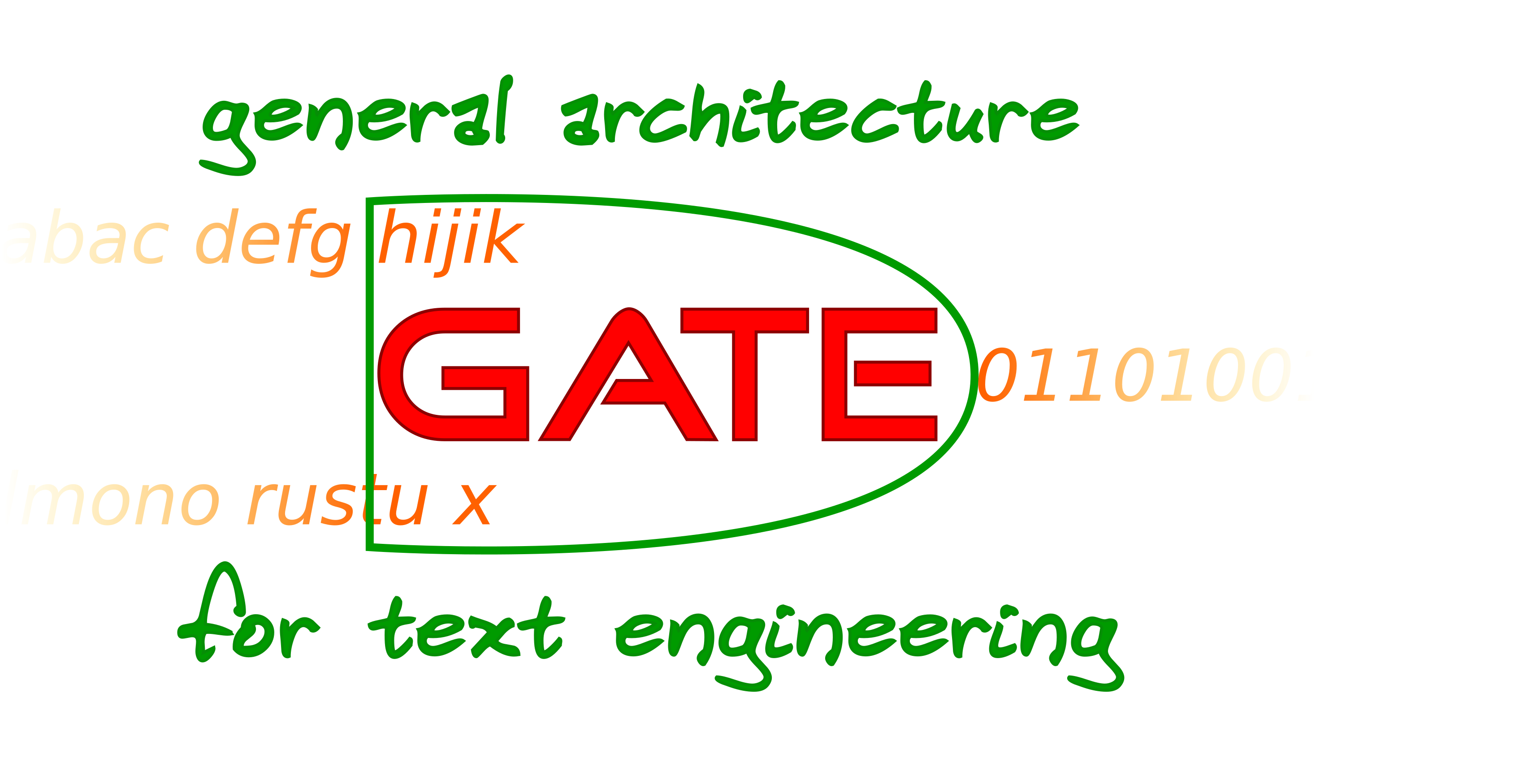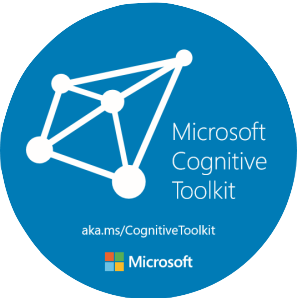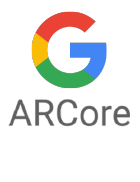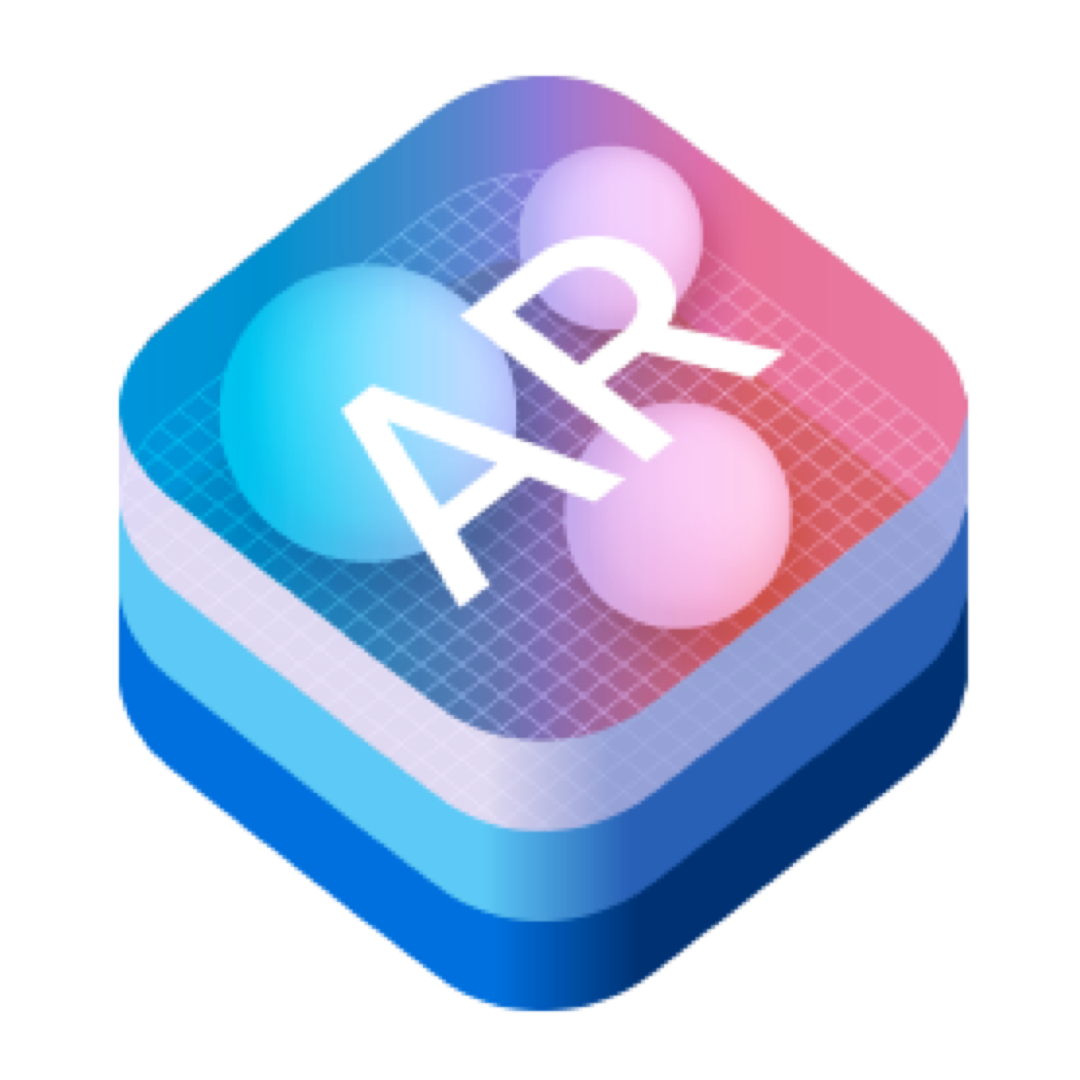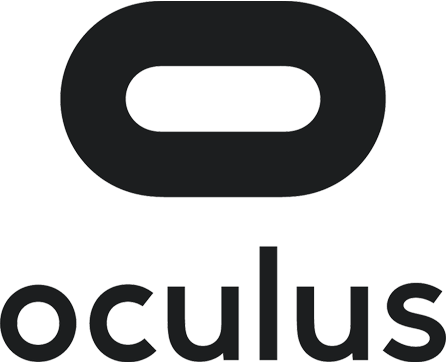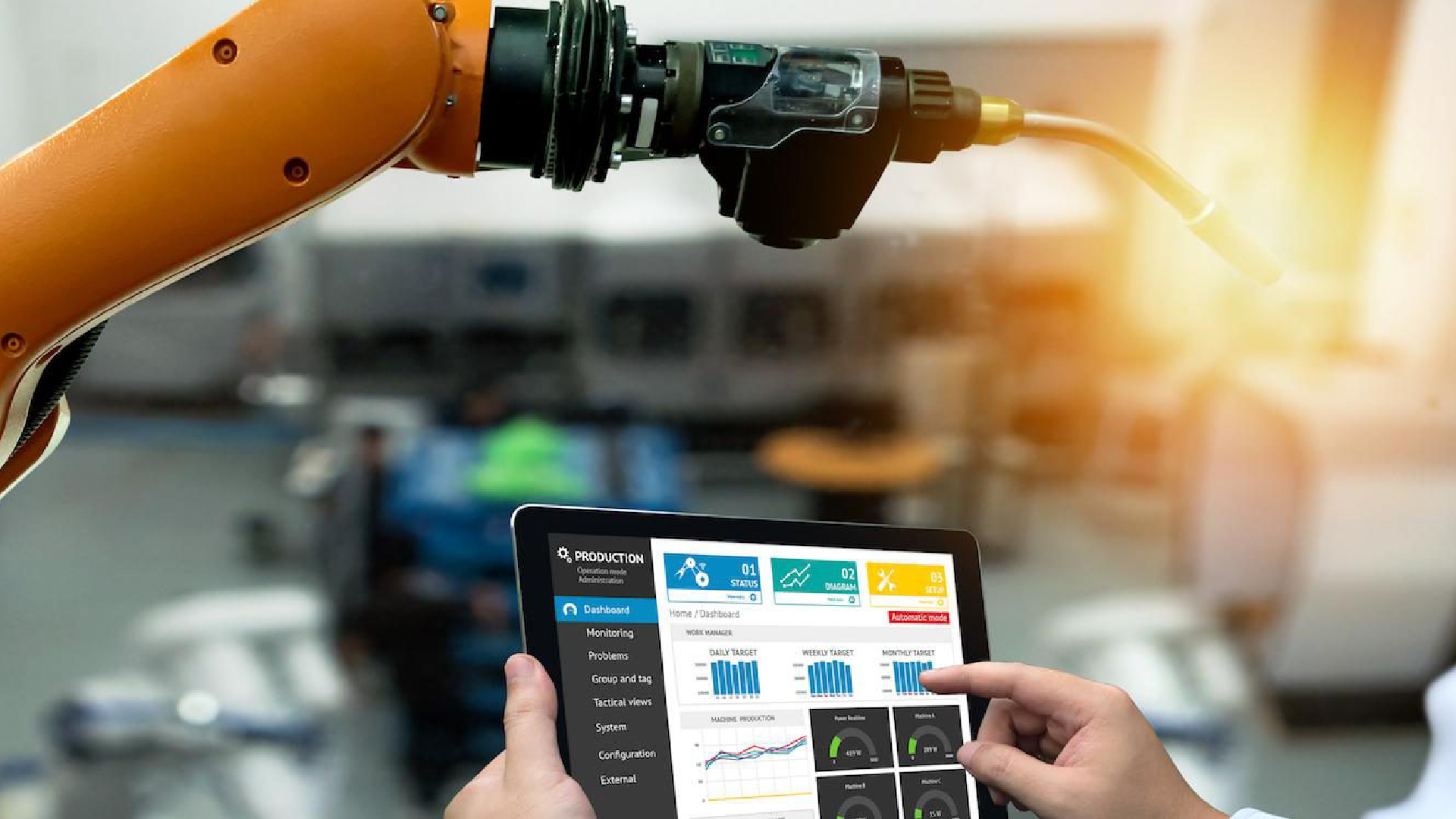
Intelligent Automation for Work and Life
At Quantilus, we have been working with AI before it became cool (and scary). Our first foray was in the field of Natural Language Processing – which we used for automated grammar and style checks of written content. Subsequently, we built tools to classify untagged content in intelligent, usable ways, and to present it for consumption with a high degree of personalization. More recently, we have been working on personality assessment of individuals based on 1) the words they speak (a relatively simple task), and 2) changes in their facial patterns based on verbal and visual cues (a much more complex task).
Want to build Virtual Reality or Augmented Reality apps for your business? We built some of the first business-focused AR apps for mobile and wearable platforms through our SAP partnership. Our apps help technical support personnel visualize product models, and also let customers visualize retail products in empty space. With the added complexity of tight integration with backend ERP systems.
FEATURED WORK
TECHNOLOGY STACK
Some of the frameworks and tools that our development teams have used recently. A list that grows by the day.
RELATED RESEARCH
Relevant, interesting and current curated research content in the field.
CMS Benefits Most Businesses: Here’s Why
Whether you’ve got a large company with dozens or hundreds of employees, or a smaller business that employs only a few other people, a content management system (CMS) makes life easier, more organized, and manageable.
Content Management Systems Defined
To better understand how a CMS really can increase your company’s profitability, it makes sense to understand what it is and how it works. At its most basic element, a CMS facilitates people’s ability to more efficiently manage content. Some companies use internal, proprietary CMS while others opt for licensed, internet-based software to operate websites. The software enables the creation, editing, and publishing of a wide range of content that includes text, images, videos, and forms on websites.
How content management systems work
PHP, Perl, and Python are the languages typically used to program CMS, which are hosted locally, on company servers, or online. Generally, these systems support the very widespread MySQL database system.
Although each particular system has its own “flavor,” they share more similarities than differences. Users can define, edit, and arrange individual content modules like texts and images, for example, using HTML or WYSIWYG editors (what you see is what you get). These editors make website design very easy.
Current popular content management systems
Among some of today’s more popular CMS are the following:
WordPress (Open Source, uses PHP, MySQL)
This very cost-effective CMS is fairly easy to use, so you’ll also save money on upkeep and maintenance if you or an employee is capable of updating your site’s content. It’s easily accessible and updatable—all you need is internet access anywhere, anytime. The CMS is SEO-friendly, and when you use WordPress to build a website, you’ve got instant availability to simple, constant codes that facilitates Google indexing. You can also customize each page to focus SEO campaigns on high-converting pages, for example, to rank higher in search engines.
WordPress offers syndication, which is a highly efficient method of earning inbound links to your site. New content—like blog posts—can go automatically to an RSS feed. That option makes it easier for other people to syndicate the content you generate across directories and other websites. The CMS also includes responsive web technology, which means your site’s pages adapt to fit whatever devices on which they’re viewed.
If you choose to add plugins, WordPress makes it easy. Not sure of a new feature? The site has a healthy community of users happy to share experiences and advice. And since the system operates on a universal, open source platform, it’s easy to transition its maintenance from one person (or firm) to another.
Joomla (Open Source, uses PHP, MySQL)
This CMS is also a community-driven project and is the second-largest global open source CMS. It’s used by eBay and IKEA, Harvard, and the UN Regional Information Center for Western Europe. It’s easier to use because it requires minimal expertise in coding and programming. The graphical user interface allows people to easily change colors, layouts, fonts, and features with no coding needed. On the other hand, if you do want to add a customized tweak, you can use the built-in override system to modify the system’s templates.
This CMS works well for simple and high-performing sites and looks less like a blogging platform. Since it’s a “light” PHP framework, web developers can write web and command line applications using PHP. It allows users to create multiuser and interactive websites like online storefronts, social networking sites, and e-commerce sites. WordPress still dominates with the number of plugins and themes it offers, but Joomla has nearly 8,000 of its own plugins, templates, components, library, language, modules, and packages.
Joomla’s built-in SEO tools come ready to use immediately and include keyword planning and monitoring, metadata creation and modification, sitemap generations, menu creation, robot exclusions, and support for SEO-friendly URLs. Some of the optional extensions also provide URL redirection functions, link management, native analytics, and browser standardizations.
A potential drawback to this CMS is its user interface’s degree of complexity, which is higher than WordPress’s. There’s a bit of a learning curve and it’s not as intuitive; however, many companies that use it feel it’s worth the time to learn it.
Drupal (Open Source, uses PHP, MySQL/MariaDB/PostgreSQL/SQLite/Oracle, MSSQL)
Drupal is the third-most popular global CMS because it’s reliable and stable. Its flexibility makes it a popular option for a wide variety of websites including community portal sites, intranet/corporate sites, blogs/art/portfolio/music/multimedia sites, e-commerce, resource directories, and social networking.
It includes a good degree of functionality that include polls management, a graphics modification tool, user management, and advanced menu management. Site admins can create new user accounts easily, divide users into groups, give assignments, and establish permission rights.
It’s a very scalable CMS which allows easy integration of the modules with its core. It includes over 29,000 modules and over 1,000 themed templates. The system’s structure enables users to categorize content through URL addresses, paths, and customized lists, which makes it easy to manage, search, and even reuse content. It offers a very large selection of customizable attributes in features, operation, layout, and design. Facebook, Twitter, and Google analytics provide an extensive API support system, and it’s also SEO-friendly, like the other two major CMS.
Also like Joomla, this CMS is mobile ready and doesn’t require special programming to adjust the website view based on the device on which users view the site. It does, however, require more advanced knowledge to install and modify, and if you’ve got a very large website, the script generates a large server load which slows it down more than WordPress.
Is it really worth it to use a content management system?
A CMS helps users to manage sites—a real benefit for sites that see a high volume of content. Users don’t need to be crackerjack programmers, either. There’s no need to access a website’s code; instead, the CMS include tools that are fairly intuitive to use. WordPress is, by all accounts, the easiest to learn whereas Drupal does require at least some basic coding/programming knowledge.
The three largest CMS also have a robust online community forum from which to seek advice and additional components to customize the system to an individual business’s specific needs.
Still not sure?
If you agree with the following questions, chances are, your company would benefit from using a CMS-based website:
- My company updates its website content often.
- My company’s website includes more than 10 pages.
- My company regularly outsources website updates to third parties.
Virtual Reality is the Future
Everyone has his or her own definition of virtual reality or VR—whether it’s fun gaming goggles that plunge you into the ocean next to the creatures with whom you’re swimming or tossing you into the middle of a dodge ball game where you’re ducking and weaving a bombardment of balls.
As its technology improves, VR will become even more sensory oriented and incorporate more than just the visual senses. Imagine technology that can change what we feel body and temperature-wise, and what we smell. The line between the virtual and the reality will blur even more.
To go where no one has gone before
Captain Picard’s utterance may have driven this phrase into the mainstream, but nowhere is it more true than with virtual reality. VR really will be able to take you places you’ve never gone before: virtual field trips, travel back in time, space exploration… the possibilities are endless.
The reality of VR, however, is that it has the possibility to do so much more and offers so many more applications—not just for entertainment, but in the medical, exploration, and other fields, too.
VR gaming
Clearly, this industry has grabbed onto VR and not let go. According to research firm IDC, it predicts that the virtual and augmented reality market will expand from revenues of $9+ billion last year to over $215 billion by 2021— a 118% growth rate that would make VR one of the fastest-growing industries in the world.
Samsung and HTC’s VR headsets sell well now, and the IDC’s data suggest that these and other companies will sell over 81 million headsets annually by 2021. As the headsets’ technology and performance improves, they’ll attract more content developers which will grow the industry even more.
VR films
This technology is still in its infancy, but with the advent of 3D televisions and 3D films, it’s growing. If you harken back to the 1992 film The Lawnmower Man, you may remember that it was the first film to show a technology that allowed characters to explore simulated worlds by wearing crash helmet-sized head-mounted displays (HMD).
Nothing changed—much—for 20 years but in 2012, the start-up tech company Oculus developed a less expensive, lighter, clearer head-mounted display. By 2014, Google added Cardboard, a system that turned smartphones into head-mounted displays.
Then came the 360° video known as cinematic virtual reality (CVR). Currently, the New York Times offers a Daily 360 service and, in 2016, commissioned Great Performers: LA Noir, which was a series of CVR shorts. The Sundance Film Festival also introduced a VR strand, and in January 2018, Protozoa Pictures signed a deal for a new three-part VR series about space exploration, called Spheres.
Many believe, though, that it’s still too early to conclude that VR will become a mainstream medium within the film industry, but the possibility is tantalizing.
VR traveling
Google Maps and Google Earth have drawn the world’s boundaries ever closer, but the world they present is still rather flat. What if you could take a VR tour of the Great Wall of China without leaving your living room? Or take a French class to visit the Louvre without spending $3,000 to fly to France? Or show real estate clients five properties many miles apart from your office?
VR medical training
The use of medical cadavers during surgical training is a practice that’s decades old. So is the availability of increasingly lifelike plastic models that approximate all parts of a human body. But imagine VR technology that would enable people to program fully-interactive, accurate specimens that could be “stricken” with a wide variety of ailments treatable only through surgery or, in this case, a VR interface.
Today, VR is used as a tool to provide training for:
- The development of medical skills
- Trauma and emergency room simulations
- Surgical training
- Empathy training
- The understanding of human anatomy
VR flight training
Flight simulators are nothing new – but imagine a level that’s even more immersive and realistic and enables pilot trainees to really experience the full range of situations they could encounter during a flight. Users wear headsets instead of sitting in a cockpit; the systems cost significantly less to purchase and maintain than full-size cockpit simulators. They’re also portable, which makes them perfect for providing onsite training in remote locations for those in the military, for example.
VR space exploration
NASA astronauts require a minimum of two years of training before they’re qualified to fly in space—and one of the largest aspects of that training involves learning how to work in such a harsh, unforgiving environment. The agency uses a Neutral Buoyancy Lab to train its astronauts for spacewalks, but NASA also uses virtual reality at Houston’s Johnson Space Center.
The VR lab enables astronauts to experience a wide variety of scenarios they might encounter on a mission to space, the space station, the moon, or even Mars. It enables them to safely experiment with various solutions for when things go terribly wrong as well as accustoming them to the realities they’ll encounter in space.
Quality of life
Imagine if you or a loved one suffered from a debilitating disease that rendered you unable to live a normal life. VR would provide opportunities to try experiences like mountain climbing, bike riding, or swimming in the ocean. It could help people plan more accessible routes around town or a store before going to a trip. Even developers of housing or business communities could use VR to plan more inclusive spaces.
VR could be used to stimulate parts of the brain damaged from a stroke or sports injury by providing a low-impact way to strengthen motor skills and assist with muscle recovery. People on the autism spectrum or diagnosed with other learning disabilities could use VR to increase their safety by learning about a new environment virtually before experiencing it “for real.” Those with Asperger’s Syndrome might find VR useful for practicing social skills or having fun in a less-threatening environment.
A newer development, Near Sighted VR Augmented Aid, has been used successfully to aid people with specific vision impairments like Stargardt’s disease (a reduction in the central detailed vision) to see images more clearly.
Progress takes time
The industry’s growing exponentially, but these changes won’t happen overnight. Many experts believe that virtual reality won’t become a standard for several more years, especially as the VR industry works out kinks and develops more innovations. And just like any new technology, right now, it’s more expensive for the general public to afford. But eventually prices will fall, and VR will be everywhere although probably not—as some fear—take over the world.
Why Blockchain is the Future
You’ve likely heard some of your more tech-oriented friends mention blockchain within the last year or two, and with good reason.
Blockchain is a distributed ledger technology that is mostly associated with cryptocurrencies like Bitcoin and Ethereum. You might think that, since you have no interest in using cryptocurrencies for your shopping life, that blockchain will never directly impact you.
Think again.
Blockchain is mostly used in conjunction with the cryptocurrency world at the moment, but the future is bright with a wealth of possibilities when it comes to this technology.
But what even is blockchain? What uses can it have outside of cryptocurrency? How will blockchain impact your life directly in the years to come?
What is Blockchain?
Blockchain is what’s called a decentralized system. It records and documents transactions that individuals enter into when using digital currency. It helps to think of it as a ledger. It creates and keeps identical copies across every computer that’s connected to a network.
What makes this far reaching is that anyone can access blockchain to review information or record new data. If you’re thinking that this could pose a security risk, you’re wrong. Every block, or group of records, is protected through some of the world’s most secure cryptography. This ensures that anything that has been recorded cannot be tampered with or deleted. That’s why cryptocurrencies maintain their network without having to fall under governmental oversight.
Blockchain distributes and tracks digital information but does not allow it to be copied. The use of such a service goes beyond digital money. It has the ability to create a whole new and more secure internet.
It works in a series of steps.
- A user requests a transaction.
- That transaction is sent to a peer-to-peer network which is made up of a number of computers that are called nodes.
- Using a series of proven algorithms, the nodes work together to validate the transaction. (These transactions can involve contracts, records, and most commonly cryptocurrency)
- After the transaction has been approved it is logged with a series of similar transactions in the ledger as a “block” of information.
- That block is added to the massive overall blockchain. This information is secure in that it is permanent and, most importantly for some, untraceable. That’s why cryptocurrency transactions are so secure.
But what kind of use will this technology have in our future?
Worldwide Transactions
Payments that cross international borders are notoriously complicated, and the services that facilitate these transfers are expensive. That’s because the act of making a transaction in two different forms of currency typically involves various banking organizations in a number of different geographic locations. The end result is a long drawn out process that can only be expedited at great cost.
How great you ask? Typical services charge a fee of 20% to speed up the transfer of funds across borders. That’s a ridiculous amount of money.
Enter blockchain.
Using this technology, we can speed the process along at a far lower price. Some have estimated that blockchain remittance costs could be as low as 2%. The transactions would also occur in real time, meaning that users would have their money instantly. No more lengthy waiting periods!
In order for this to occur though, cryptocurrencies would have to become more regulated, which is something the crypto community venomously rejects. Most experts agree though, that it’s not a matter of if the industry falls under regulations, but when.
Smart Contracts
Taking a step away from cryptocurrencies for a moment, blockchain’s unique agreement making and execution capabilities could make smart contracts a common occurrence in the future.
Smart contracts use blockchain to automate all aspects of an agreement. It logs the agreement between two parties in a way that is completely secure, and automatically executes the contract when conditions are met.
For instance, a restaurant using blockchain technology could charge a customer’s checking account the moment that a meal is finished, instead of worrying about someone trying to run out the door with the bill unpaid.
Copyright Infringement
Internet piracy has been a huge issue since the early 2000’s when programs like Napster and Limewire enabled users to share music for free amongst one another. This eventually extended to pirating movies, pirating books, and any other kind of copyrighted content.
Blockchain could be the answer to that problem, which would be very popular with content creators and less so with content pirates.
Blockchain can create a unique token attached to every piece of media that we consume, specific to the individual purchaser. That information would be logged on the blockchain, so that there is a record showing where pirated content originates from.
Identity Theft Security
Blockchain can help users hold onto their identities in an increasingly unstable online world. Cyber criminals have cost the world hundreds of millions of dollars in misappropriated funds as a result of identity theft.
But with blockchain technology, there is no server to hack to obtain someone’s records. Instead of using information like a social security number to verify one’s identity, computers would access the user’s digital record of identity. This could even be applied to biometrics, such as a finger print or optic scan. Your records would be untraceable and uncrackable, allowing users to keep their most precious information out of the hands of criminals.
Stop Tax and Voter Fraud
Since there have been governments on this planet there have been people who try to defraud them. There are two major areas in which people try to pull a fast one on Uncle Sam: taxes and voting.
Some common schemes that cost the government dearly every year include stealing a person’s tax refund or stealing someone’s vote in an election.
Blockchain would keep your tax and voter information secure in a public ledger, securing it with the same kind of biometric key we discussed above. This would keep track of your contact with the IRS and enable online voting to take over.
Imagine an election day where, instead of having to wake up early to make it to you local polling location to cast your ballot before work, you could log in once you wake up using your fingerprint and vote from the comfort of your home.
All of that is achievable with blockchain technology.
In Conclusion
Blockchain is one of the most fascinating and exciting pieces of technology to come along in years. That’s why it’s important to start learning as much as you can about it now, so that when this technology catches up with the world, you won’t be left behind.
Natural Language Processing for Dummies
Computers were invented to interact with humans. These machines have always functioned by receiving commands from a user and performing a task accordingly. In the past, those tasks were relayed through code, or in the case of the earliest computers back in the 1970s, a punch card.
But times change, and as technology advances, so too does the means by which we communicate with it. That’s where Natural Language Processing comes into play.
Natural Language Processing, or NLP, allows computer programs to understand spoken language. It is an advancement in the field of artificial intelligence.
The main issue surrounding the inability of humans and computers to interact seamlessly was a language barrier. Machines do not speak the same language as us. They understand binary code, which is a series of millions of ones and zeroes that instruct a computer in completing their tasks. Systems have been set up where, with the press of a button or the click of a mouse, that computing language is relayed at the speed of light, allowing machines to understand our wishes.
That has all changed with the birth of NLP. We’ve all experienced advancements in this field. From Amazon’s Alexa, to Google Assistant, to Apple’s Siri, we now communicate with technology directly on an everyday basis.
“Alexa, order a new set of lightbulbs.”
“Ok Google, where is the best Chinese food near me?”
“Hey Siri, what song is this?”
Through the advancement of NLP, we’re always just a sentence away from the information and actions that we want.
But how does NLP work? What other uses does it have? What advantages can we expect to see from this technology in years to come?
How Does NLP Work?
NLP currently works through a process called deep learning.
Deep learning has the artificial intelligence look at data patterns to deepen its understanding of language. Huge amounts of labelled data are inputted to help the system identify relevant correlations.
Language is broken down into shorter elemental pieces in order to teach the machine to understand their relationships and how they work together. Bu doing this, the computer can ascertain the meaning behind a sentence.
Some of these data pieces include:
- Categorization: This is a document summary based on linguistics. It includes indexing and searching, detection of duplicates, and content alerts.
- Modeling and Topics: This helps machines understand the themes and meaning within a collection of text. They then take that meaning and approach it from an advanced analytical standpoint.
- Context: Computers gain the ability to pull specific contextual information from text.
- Sentiment: Systems can understand the mood behind text. It analyzes the opinions expressed.
- Speech-To-Text: This is a back and forth system that allows a machine to take a voice command and transform it into text. It also allows the computer to take written text and relay it vocally.
- Summarization: Allows the computer to create a synopsis of a large text body.
- Machine Translation: The computer can automatically translate text or speech from one language into another.
Deep learning represents a more fluid and intuitive approach to learning. By understanding the intention of the users, computers are able to learn language in the same way a child would. A human toddler listens to language, ascertains its meaning, and relays it back through a series of trial and error until fluency is achieved.
NLP works the same way, only in a much faster way.
What are the Uses of NLP?
Does NLP have a higher purpose beyond just telling you the movie times or reading off Yelp reviews?
Of course it does.
Search is the main function of NLP right now. We use many of the services mentioned above to find the information that we need. Whether that’s some arbitrary fact you and a friend are arguing over or a piece of information you need for a research project, searching via voice is far easier and more effective than manually inputting information.
When you ask your phone a question the machine is able to isolate the most important elements of your query. That’s why voice searches are usually so fast.
NLP can also be used to digitize hard copy information, making it easy to analyze and search for. Whereas once, a human operator would have to manually input all of the information, telling the computer what it all means and how to file it, NLB allows the system to understand the text on its own and file it accordingly.
Using the sentiment analysis that we discussed in the last section, businesses could have a better understanding of how their customers feel about their product or service. Computer systems can analyze large amounts of online comments and reviews to determine whether a business is succeeding or failing in the public eye.
In Conclusion
Natural Language Processing is the future of technology. We’ve already come so far since the creation of the first virtual assistant programs. Many of us entrust these artificial intelligences with vital tasks like keeping track of our schedules. As we continue to deepen and enrich artificial intelligence programs, we can be sure that NLP will have a strong place in our daily lives for years to come.





